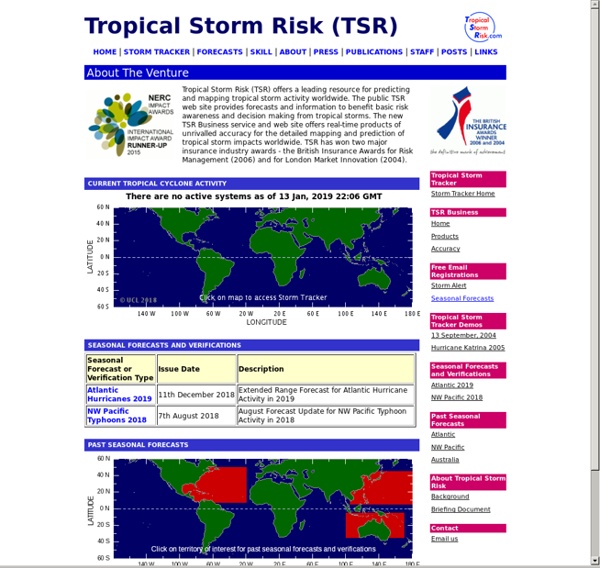



Climate Change Performance Index NorthAusChasers.com Corporate Clean Energy Procurement Index | Clean Edge The Corporate Clean Energy Procurement Index, written by Clean Edge on behalf of the Retail Industry Leaders Association (RILA) and Information Technology Industry Council (ITI), ranks all 50 U.S. states on the ease with which America’s most recognizable brands can procure domestic renewable energy such as solar or wind for their operations. Retail and tech companies such as Amazon, Apple, Facebook, Google, Microsoft, Target and Walmart are among nearly half of the Fortune 500 companies seeking to locate operations in states with ready access to clean-energy sources. While created on behalf of RILA and ITI, the index is broadly applicable to many stakeholders, including other business sectors, the military, higher education, and state and local government. It is intended to assist policymakers and large RE buyers in advancing policies that help, not hinder, RE development, and help large RE buyers to select states in which they may make RE investments. Overall Results Report Partners
HurricaneZone.net Graphic provided by Climate Prediction Center What is a Hurricane? A hurricane (or typhoon, or severe tropical cyclone), the strongest storm on Earth, is a cyclonic (rotary) storm that derives its energy from cloud formation and rainfall, unlike frontal cyclones that derive their power from a temperature gradient. Full Article Saffir-Simpson Scale Category 1 – 74-95 mph (64-82 knots; 119-153 km/hr). Category 2 – 96-110 mph (83-95 knots; 154-177 km/hr). Tropical Cyclone Formation Tropical Cyclone Genesis is the technical term for the process of storm formation that leads ultimately to what are called hurricanes, typhoons, or tropical cyclones in various parts of the world. This occurs when, in the Northern Hemisphere, the Intertropical Convergence Zone, or ITCZ, shifts northward out of the doldrums and atmospheric conditions become favorable for tropical cyclone formation after about the middle of May.
Waffle House Index - What do Waffle Houses Have to Do with Risk Management? What do Waffle Houses have to do with risk and disaster management? As anyone who has heard Administrator Fugate speak once or twice knows, more than you might think. During his days as the head of Florida’s Department of Emergency Management, Craig began to use a simple test to determine how quickly a community might be able to get up and running again after a disaster: The Waffle House test. If this comparison seems odd at first, think again. Yesterday, EHS Today, a magazine for environment, health and safety leaders, explained that major companies such as The Home Depot, Walmart, and Waffle House serve as role models in disaster preparedness. If a Waffle House store is open and offering a full menu, the index is green. As Craig often says, the Waffle House test doesn’t just tell us how quickly a business might rebound – it also tells us how the larger community is faring. EHS Today’s article serves as a good reminder that businesses should get ready.
GDACS Website 2.0 Current Map | United States Drought Monitor Environmental Port Index | Cleaner Ports for a Greener World National Risk Index (NRI) - Identifies Communities Most at Risk to 18 Natural Hazards. The National Risk Index is a new, online mapping application from FEMA that identifies communities most at risk to 18 natural hazards. This application visualizes natural hazard risk metrics and includes data about expected annual losses from natural hazards, social vulnerability and community resilience. The National Risk Index's interactive web maps are at the county and Census tract level and made available via geographic information system (GIS) services for custom analyses. With this data, you can discover a holistic view of community risk to natural hazards. Access the National Risk Index How to Use the National Risk Index The National Risk Index is easy to use and can support prioritizing resilience efforts by providing an at-a-glance overview of multiple risk factors. Get Started Visit the National Risk Index to understand your risk to natural hazards. Explore the interactive map Learn more about your local natural hazard riskAccess the Index's data to create your own maps and apps
Fuel switching 2.0: Coal to Clean Electricity Index — TransitionZero This analysis paints a rosy picture of zero-carbon generation technologies and their ability to outcompete fossil fuel generation. These technologies were competitive with coal and gas even before the recent price spikes - meaning the required carbon price is often low or negative in many markets. However, we believe ‘crowding-in’ investment to deploy these technologies in a manner consistent with the Paris Agreement will likely require three policy reforms. First, price discovery in regulated electricity markets is distorted by technology-specific power purchase agreements and the subsidisation of coal, gas and end-user electricity prices. Second, deregulated markets tend to suffer from a lack of investment, due to weak demand-side engagement from a lack of product differentiation and inframarginal risks from high capital costs and long project timescales. Third, both regulated and deregulated markets need to urgently reform permitting processes.